Ruger Bearcat 22 Review
Discover the Ruger Bearcat in .22 LR: a single-action revolver with a 4″ barrel, 6-round capacity, and classic walnut grips. Weighing just 17 oz., it’s designed for balance and ease of handling. Initially introduced by Sturm, Ruger & Co. in 1958, the Bearcat has undergone several iterations, maintaining its status as a beloved firearm among enthusiasts for its simplicity, reliability, and aesthetic appeal. This review synthesizes insights from various sources to provide a comprehensive overview of the Ruger Bearcat, highlighting its design features, performance, and special editions like the Shopkeeper model.
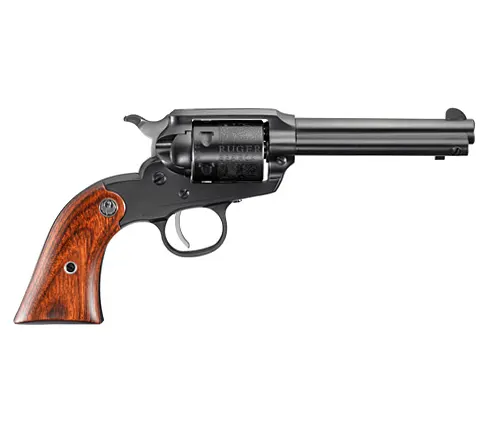
Ruger Bearcat 22 Specification
- Brand Ruger
- Action Type Single-action
- Caliber .22 LR
- Cylinder Capacity 6 rounds
- Barrel Length 4″ (standard); 3″ (Shopkeeper)
- Overall Length 8.88″ (standard)
- Width 1.21″
- Height 4.30″
- Weight (Empty) 17 oz.
- Grip Material Walnut (standard); Rosewood (Shopkeeper)
Design and Features
The Ruger Bearcat is characterized by its lightweight and compact design, making it an ideal choice for a kit gun or a plinking firearm. It features a single-action mechanism, reminiscent of the revolvers from the late 19th century, yet incorporates modern safety features such as a transfer bar mechanism that allows it to be safely carried with all chambers loaded.
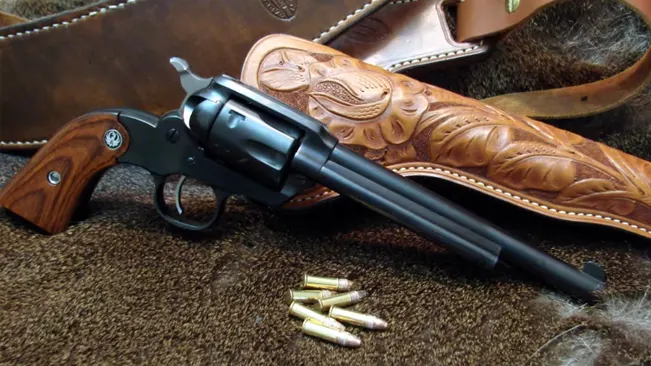
The revolver’s design includes a non-fluted, roll-engraved cylinder depicting scenes of the American West, which adds to its aesthetic appeal. The Bearcat’s frame and components are made of durable materials, including models with stainless steel construction, ensuring longevity and resistance to the elements.
Grips
The standard model of this particular firearm comes equipped with grips made from walnut, a durable and aesthetically pleasing wood that ensures a solid grip and enhances the overall look of the firearm. On the other hand, the Shopkeeper model features grips made from medallion rosewood, a high-quality wood known for its deep, rich color and striking grain patterns.

This choice of material not only adds to the visual appeal of the Shopkeeper model but also offers a unique texture for improved handling. These carefully selected materials highlight the manufacturer’s commitment to combining functionality with elegant design, catering to the preferences of different users while maintaining the quality and performance of their products.
Sights
The standard model of this firearm is equipped with fixed sights, designed for simplicity and reliability, making it suitable for quick target acquisition under various conditions. However, for those seeking more precision and customization, some models, such as the Lipsey’s exclusive version, come with an adjustable rear sight.
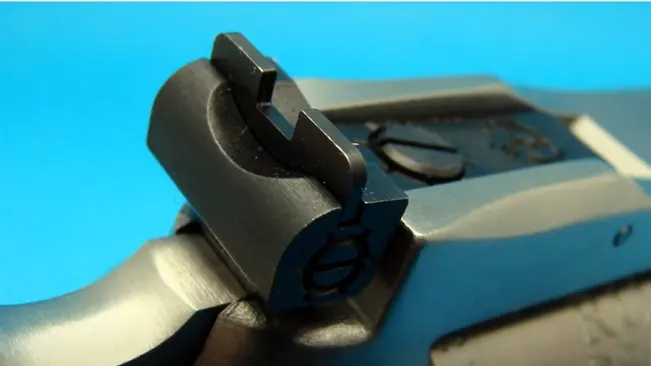
This feature allows for finer adjustments to accommodate different shooting distances and conditions. The Shopkeeper model takes a different approach, featuring a rounded blade front sight paired with a fixed square notch rear sight, offering a balance between quick sighting and accuracy. These sight configurations cater to a wide range of preferences and requirements, ensuring that there is a model suitable for every shooter, whether they prioritize rapid targeting or precision shooting. This variety in sight options highlights the manufacturer’s dedication to versatility and performance across its product line.
Trigger Pull
The trigger pull on the standard model of this firearm has been meticulously tested and is approximately 2.13 pounds, offering a light and responsive feel that enhances shooting precision and control. This carefully calibrated trigger pull ensures a smooth operation, minimizing the effort required for each shot and allowing for quick, accurate follow-up shots if necessary.

It’s worth noting that the trigger pull can vary slightly across different models, reflecting the manufacturer’s commitment to tailoring the shooting experience to diverse preferences and needs. Such variations are designed to meet the specific demands of different shooting disciplines, whether it be competitive shooting, hunting, or personal defense. This attention to detail in the trigger mechanism underscores the manufacturer’s dedication to quality, user comfort, and performance, ensuring that shooters can find a model that best suits their technique and shooting style.
Barrel Length
The barrel length of the standard models in this firearm lineup is set at 4 inches, a dimension that strikes a balance between accuracy and portability. This length is ideal for a variety of shooting activities, offering a good sight radius for precision while remaining compact enough for easy handling and carry. On the other hand, the Shopkeeper model features a shorter barrel length of 3 inches, tailored for those who prioritize ease of carry and concealment without significantly compromising on performance.

The reduced barrel length in the Shopkeeper model enhances its suitability for discreet carry situations, making it a favored choice among users seeking a more compact firearm option. These differing barrel lengths across models demonstrate the manufacturer’s commitment to providing options that cater to the specific needs and preferences of different users, from those engaged in sport shooting to those needing a reliable self-defense tool. This careful consideration in design ensures that there is a suitable model for every purpose, balancing between accuracy, handling, and portability.
Performance
The Ruger Bearcat is chambered in .22 Long Rifle, a caliber known for its affordability and low recoil, making the revolver suitable for shooters of all skill levels. Its accuracy is commendable, with a fixed sight system on the original models and adjustable sights on newer variants improving precision for target shooting.

The Bearcat’s performance is further enhanced by its smooth trigger pull and consistent firing mechanism, offering a reliable and enjoyable shooting experience. The revolver’s capacity to handle various .22 LR ammunition types, from standard velocity to high-velocity rounds, underscores its versatility.
Pros and Cons
Pros
- Easy to handle and carry, ideal for plinking and outdoor activities.
- Fixed and adjustable sights enhance precision for target shooting.
- Attractive, traditional revolver aesthetic with modern safety features.
- Sturdy construction with options for stainless steel finish, ensuring longevity.
- Compatible with a wide range of .22 LR ammunition, suitable for shooters of all skill levels.
Cons
- Slower to reload compared to modern double-action or semi-automatic firearms.
- A 6-round cylinder may be restrictive for some users.
- May not suit all shooters’ preferences for precision aiming compared to models with adjustable sights.
My Personal Maintenance Routine Ruger Bearcat .22

- Safety First Always start by ensuring your Ruger Bearcat is unloaded. Check the chamber and magazine to make sure there are no rounds present. This is a fundamental step for safe handling and maintenance.
- Disassemble with Care Follow the manufacturer’s instructions to disassemble your firearm. For the Bearcat, this usually means removing the cylinder for a thorough cleaning. Familiarize yourself with each part to make reassembly smoother.
- Cleaning the Barrel Use a bore brush with gun solvent to clean the barrel’s inside. Pass the brush through the barrel several times, then follow up with a patch until it comes out clean. This removes residues that can affect accuracy.
- Cylinder Care Clean each chamber of the cylinder in the same manner as the barrel. Ensure the solvent has a chance to break down any buildup before scrubbing and wiping clean.
- Inspect and Clean Other Components Gently wipe down the frame, hammer, and other parts with a soft cloth lightly dampened with solvent. Look for any signs of wear or damage that might need professional attention.
- Lubrication Apply a small amount of gun oil to moving parts like the hammer pivot and cylinder release mechanism. Avoid over-lubricating, as excess oil can attract dirt and grime.
- Reassemble and Function Check Once everything is clean and lubricated, reassemble your Bearcat. Perform a function check to ensure everything works as it should. This step is crucial for ensuring your firearm’s reliability.
- Exterior Maintenance Wipe down the gun’s exterior with a silicone cloth to remove fingerprints and protect the finish. This will help keep corrosion at bay and maintain the firearm’s appearance.
- Storage Store your Ruger Bearcat in a cool, dry place. Use a gun safe or locking cabinet to protect it from humidity, dust, and unauthorized access. Consider using a dehumidifier in humid climates.
- Regular Checks Even if you haven’t used your Bearcat recently, it’s wise to perform a quick check and wipe-down periodically. This helps catch any issues early and keeps it ready for use.
Safety Tips

- Always assume a firearm is loaded, even if you believe it’s not. This mindset encourages cautious handling and prevents accidental discharges.
- The safest direction is often towards the ground or a designated safe area where no person or property would be endangered if a discharge occurred. Never point a firearm at anything you do not intend to shoot.
- Keep your finger outside the trigger guard and off the trigger until you have aimed at your target and are ready to fire. This prevents unintentional firing from sudden movements or surprises.
- Before you shoot, know exactly what your target is, what is in front of it, and what is beyond it. Bullets can travel significant distances, so what’s behind your target is just as important as the target itself.
- Shooting can be hazardous to your hearing and sight. Always wear ear protection to guard against long-term hearing loss and eye protection to shield your eyes from flying debris, ejected casings, or broken targets.
Ruger Bearcat .22: My Expert Ratings and Insights
| Aspect | Review Summary | Score |
|---|---|---|
| Cleaning Frequency | Regular cleaning post-use ensures optimal performance and longevity. Adherence to this routine is strict. | 9/10 |
| Lubrication | Proper lubrication of moving parts to prevent wear and ensure smooth operation. Consistently applied. | 9/10 |
| Inspection | Detailed inspection for wear and tear or damage after each use, maintaining high safety standards. | 8/10 |
| Storage Conditions | Firearms are stored in a controlled environment to prevent rust and damage. Care is taken for ideal conditions. | 8/10 |
| Ammunition Check | Regular checking and rotation of ammunition to ensure reliability and prevent aging issues. | 8/10 |
| Parts Replacement | Timely replacement of worn-out parts to maintain functionality and safety. Proactive approach. | 7/10 |
| Professional Servicing | Annual check-up by a professional to ensure deep maintenance and functionality. | 7/10 |
| Accessory Care | Care and maintenance of accessories (holsters, sights) to ensure they remain functional and effective. | 7/10 |
| Training Regularity | Consistent training to maintain proficiency and identify potential issues with handling or operation. | 8/10 |
| Safety Gear Maintenance | Regular checking and maintenance of safety gear (gloves, glasses) to ensure they provide proper protection. | 7/10 |
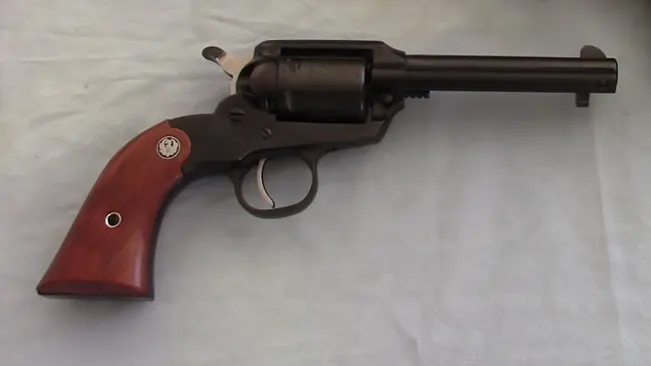
Conclusion
The Ruger Bearcat .22 revolver stands out for its blend of traditional design, modern safety features, and shooting performance. Its compact size and lightweight make it an ideal firearm for casual shooting, training, or as a piece of Americana in a gun enthusiast’s collection. The addition of models like the Shopkeeper adds to the Bearcat’s appeal, offering variations that cater to specific preferences while maintaining the revolver’s core qualities. Whether for historical appreciation, target shooting, or as a collector’s item, the Ruger Bearcat exemplifies Ruger’s commitment to quality, reliability, and innovation in firearm design.
FAQs about Ruger Bearcat .22
- What is the best way to clean my Ruger Bearcat .22?
Use a bore brush and gun solvent to clean the barrel and chambers, followed by a dry patch to remove any residue. Lubricate moving parts lightly with gun oil. - How often should I clean my Ruger Bearcat if I’m using it regularly?
It’s recommended to clean your firearm after each use to maintain its performance and longevity. A thorough cleaning and inspection after every shooting session is ideal. - Can I dry fire my Ruger Bearcat .22 for practice?
While dry firing can be a useful training tool, it’s generally recommended to use snap caps to prevent potential damage to the firing pin and chamber. - What type of ammunition is best for the Ruger Bearcat .22?
The Ruger Bearcat .22 is designed to fire .22 Long Rifle cartridges. For best performance, use high-quality ammunition from reputable manufacturers. - How do I store my Ruger Bearcat .22 safely when not in use?
Store your firearm unloaded in a secure, locked container or gun safe, away from children and unauthorized users. Consider using a dehumidifier in humid climates to prevent rust. - What should I do if my Ruger Bearcat fails to fire?
Keep the muzzle pointed in a safe direction, wait several seconds, then safely remove the unfired cartridge. Inspect the firearm and cartridge for any issues. - How can I improve the accuracy of my Ruger Bearcat .22?
Regular cleaning, proper sight alignment, consistent practice, and using quality ammunition can all help improve accuracy. - Is it necessary to lubricate the Ruger Bearcat .22, and how often?
Yes, lubrication helps prevent rust and ensures smooth operation. Apply a thin layer of gun oil to moving parts after cleaning, or at least twice a year. - What are the signs that parts of my Ruger Bearcat .22 need replacing?
Look for signs of wear, such as irregularities on the surface, cracks, or difficulty in operation. Regular inspection will help identify parts that need replacement. - Where can I get my Ruger Bearcat serviced or repaired?
For service or repairs, contact a Ruger authorized service center or a professional gunsmith who is familiar with Ruger firearms to ensure proper handling and maintenance.
We’re eager to connect with you! Dive into the comments section below to share your personal stories and opinions on the Ruger Bearcat .22. Whether it’s about your adventures at the range, maintenance tips, or why it’s your go-to firearm, your insights are invaluable. Help the community by shedding light on your experiences, assisting fellow enthusiasts in making well-informed decisions about this classic revolver!
Latest Post
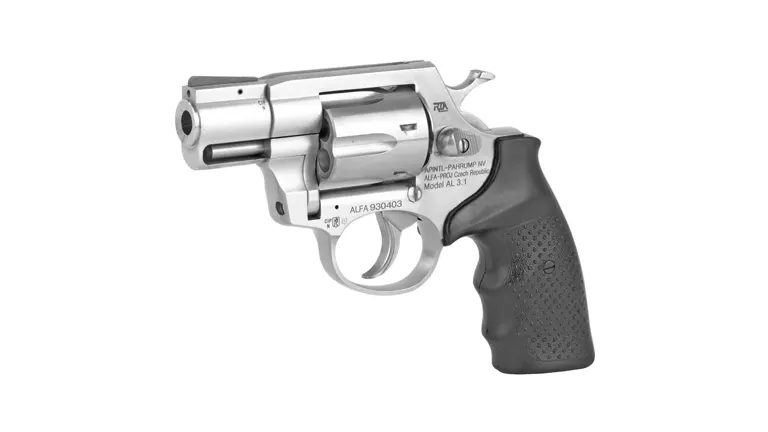
Rock Island Armory AL3.1 Review
Rock Island Armory AL3.1 revolver with a matte stainless finish and a textured grip.March 8, 2024
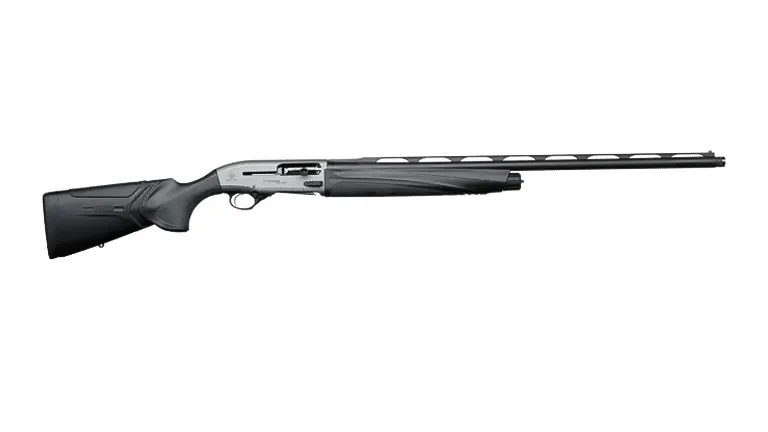
Beretta A400 Xtreme Plus Review
Explore the Beretta A400 Xtreme Plus, a 12-gauge, 3 ½” semi-auto with a 3+1 capacity,...March 7, 2024
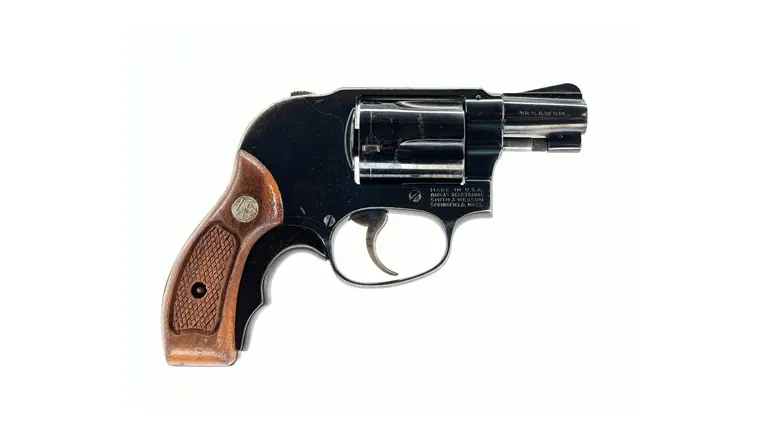
Smith & Wesson Model 49 Bodyguard Review
Explore the Smith & Wesson Model 49 Bodyguard, a .38 Special with a compact 1.875″...March 7, 2024
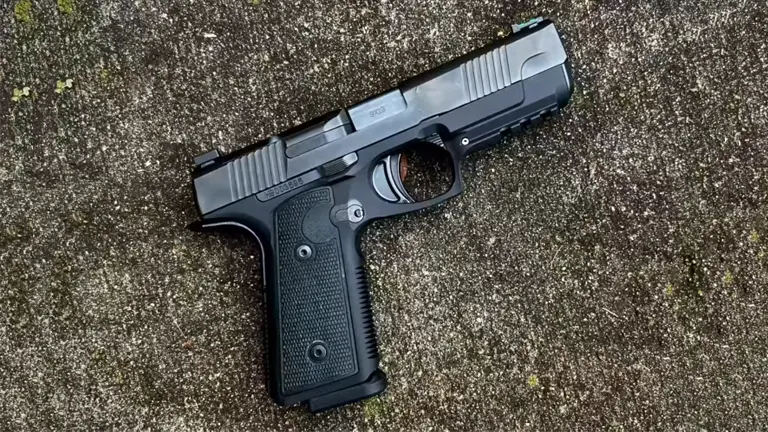
Daniel Defense H9 Review
Discover the Daniel Defense H9 in 9mm Luger, a semi-auto with a 4.5″ cold hammer-forged...March 4, 2024
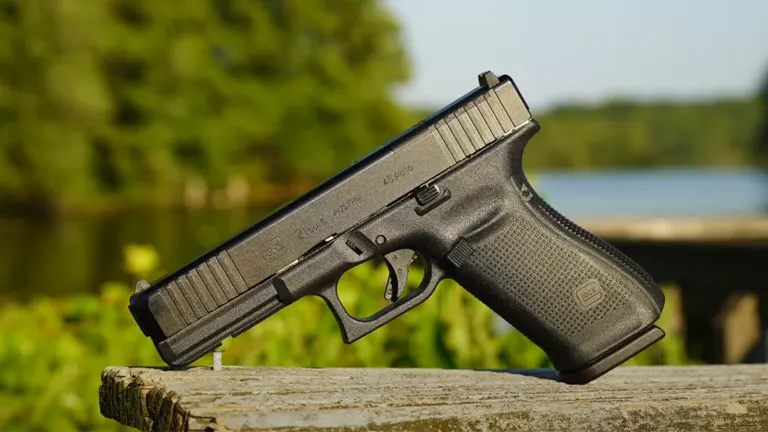
Glock 21 Review
Experience the power of the Glock 21 in .45 ACP, featuring a 13-round capacity, 4.60″...March 4, 2024
Weekly Newsletter
Do you want to get notified when a new article is added to Guncritic? Sign up for our newsletter and you'll be among the first to find out about new articles and reviews.
Comment